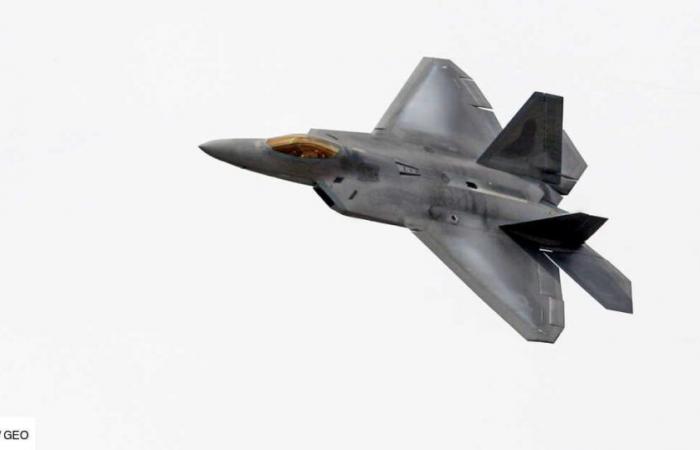What if Starlink’s 6,000 satellites were becoming spies for China? This hypothesis is far from far-fetched since Chinese researchers have used the constellation of SpaceX’s satellite communications service to track American fighter jets.
Tests were conducted under the supervision of the Chinese government’s National Radio Control Center off the coast of Guangdong in the southern sea. To simulate American F-22s, China used DJI Phantom 4 Pro drones, Interesting Engineering reports.
Disruption of signals between satellites and receivers tracked by China
This choice is explained by an equivalent radar section, that is to say that the two aircraft have the same surface that can be detected by radars. Fighter planes seek to reduce this surface using specific paints to absorb radar waves, but especially by their design. The curves of their fuselage make it possible to largely avoid returning radar waves.
Ukraine – Russia: Military aircraft of the war
In order to detect their targets, the Chinese researchers used a specific feature that links satellites in orbit to their receivers on Earth. When this link is crossed by an aircraft, a forward dispersion of electromagnetic waves is created and disrupts the signal. However, if this disruption is captured and analyzed, it can be used as a detector.
This concept is not new since Russian engineers demonstrated it in 2015 at an international university conference, underlines South China Morning Post. But in almost ten years, things have changed a lot. This technique, which was originally intended to detect drones, can be deployed on a large scale since since 2019, the American company SpaceX has been constantly placing its own satellites in orbit. There are more than 6,000 of them today.
China cannot use this system for military applications at the moment
The only problem is that the Starlink service is not available in China. But according to Professor Jianxin Yi of the School of Electronic Information at Wuhan University, it would be particularly easy to build a Starlink satellite with cheap and easy-to-acquire components. These devices have a rotating antenna and emit radio signals of up to 220 Mbps.
“Low-orbit satellite signals have the advantage of being all-weather, interregional and inexpensive, allowing them to be combined with covert forward-scattering radars.”says Jianxin Yi, whose work is published in the Journal of Signal Processing Systems.
But for now, the Chinese researchers’ home antenna is only the size of a frying pan, and the drones used as targets have only flown at very low altitudes. It is therefore impossible today to use this process in the context of military actions. Nevertheless, the experiment has made it possible to validate the feasibility and effectiveness of the system, assures the Chinese professor. Improvements are therefore expected before the device fully enters into the hunt for drones and fighter planes.




